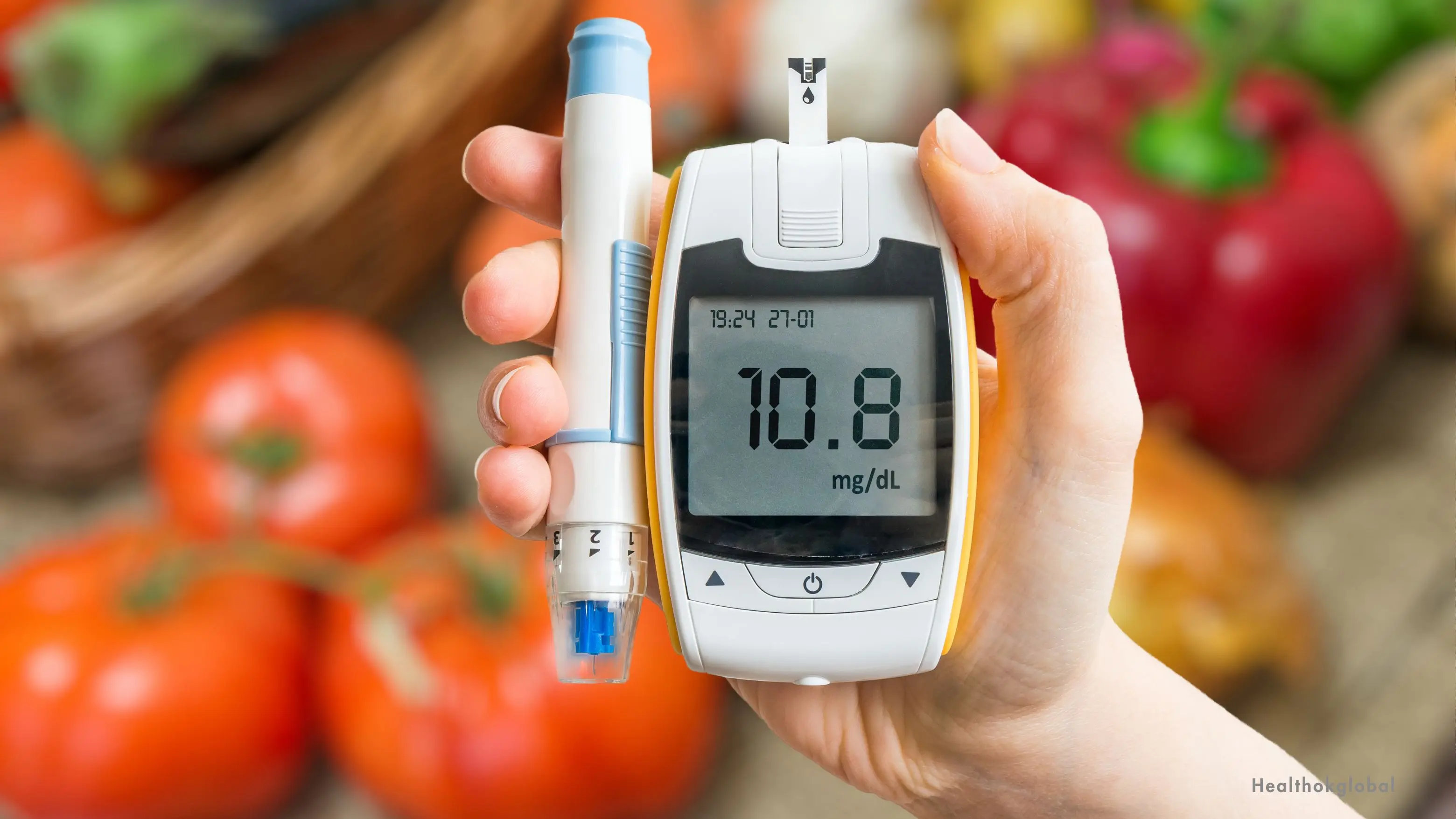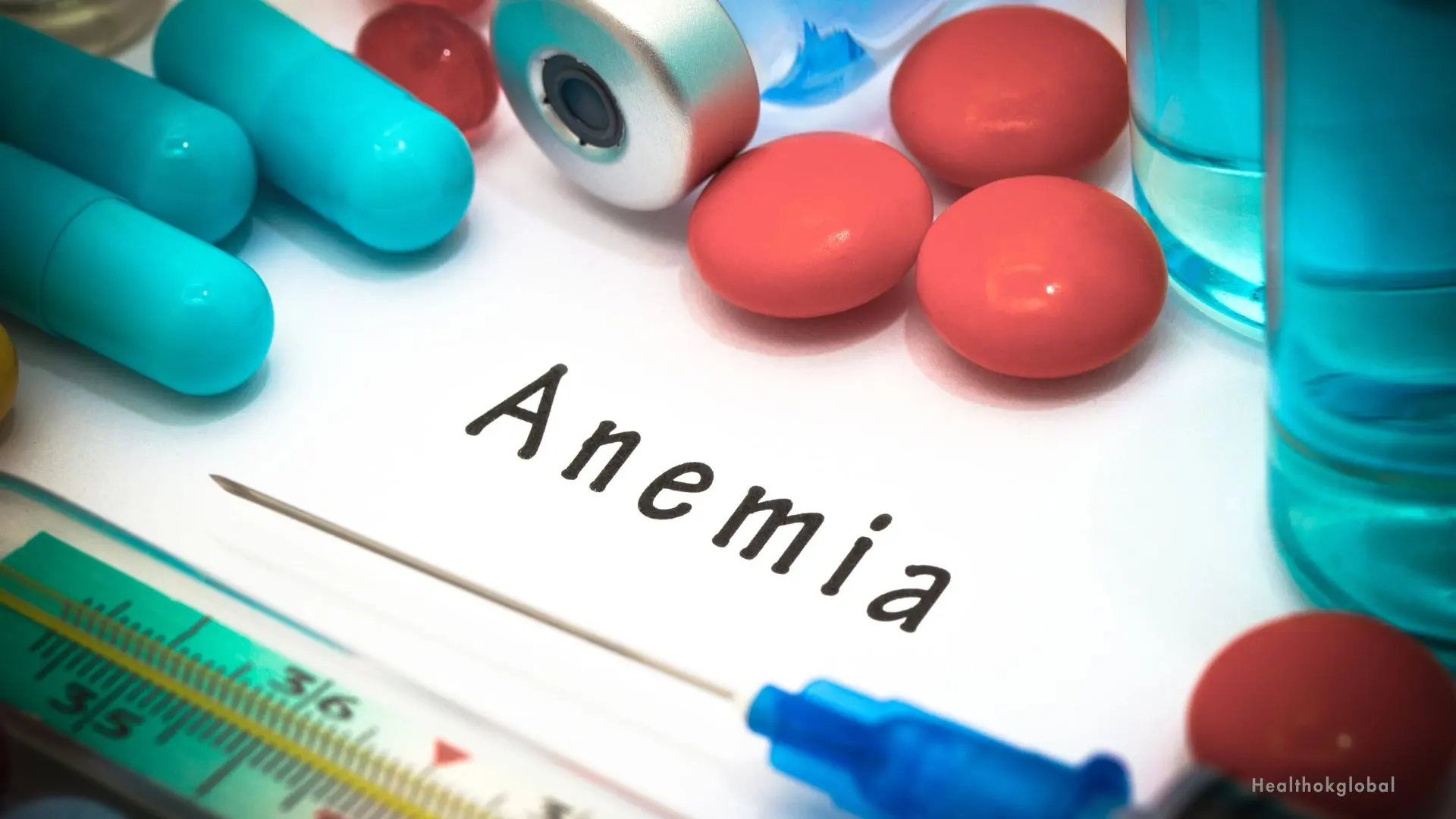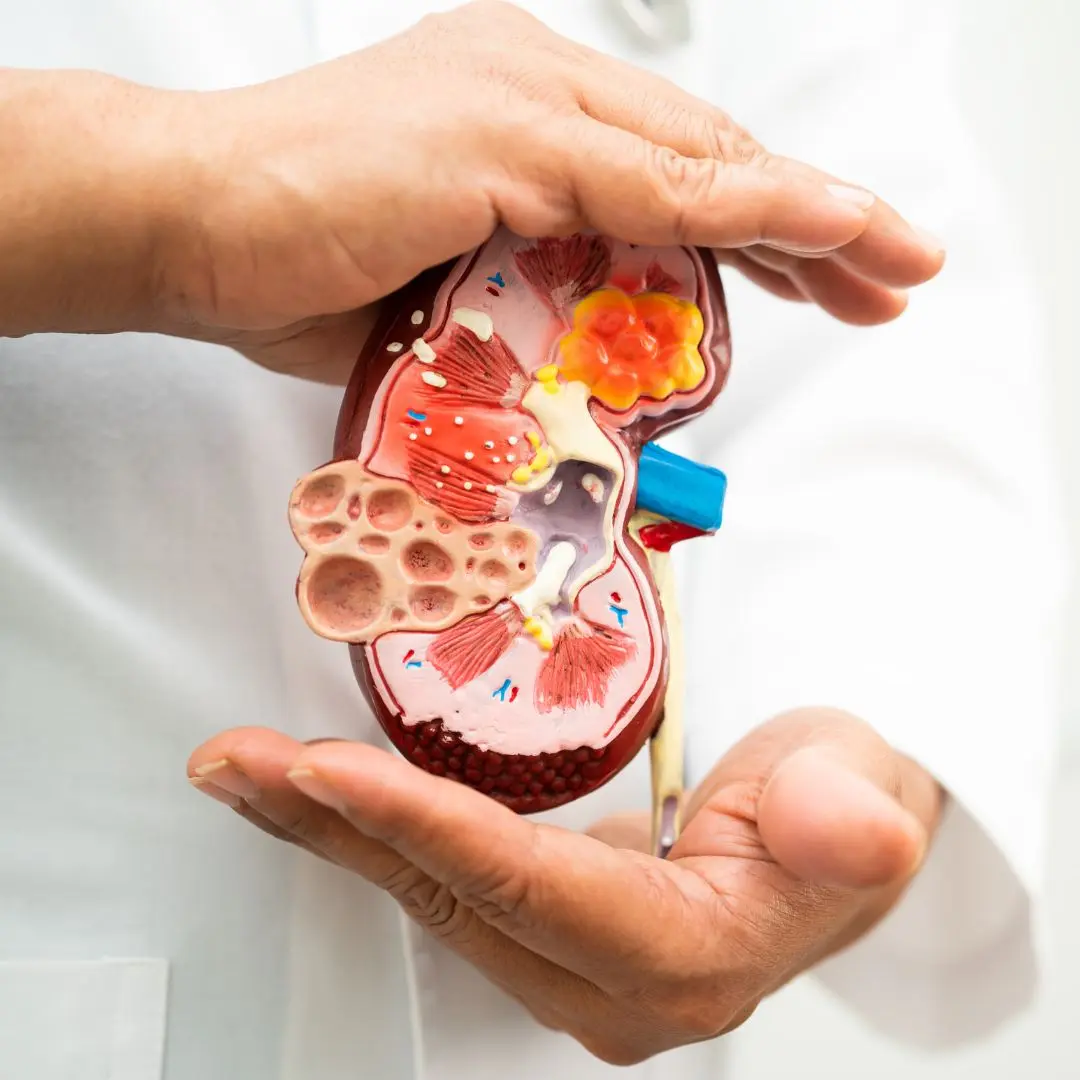Pulmonary hypertension is a serious condition characterized by high blood pressure in the pulmonary arteries. Learn about its types, causes, symptoms, treatments, and real-life cases.

Blog
Types of Pulmonary Hypertension: Causes, Symptoms & Management
Pulmonary hypertension is a progressive and life-threatening condition marked by elevated blood pressure in the arteries that transport blood from the heart to the lungs. It is classified into different types based on underlying causes, each requiring specific treatment approaches. Early diagnosis and intervention are crucial for improving outcomes. This article explores the classifications, causes, symptoms, and treatments of pulmonary hypertension, along with real-life examples and statistics to provide a comprehensive understanding.
Pulmonary arterial hypertension is a rare yet severe form of pulmonary hypertension caused by the narrowing or blockage of small arteries in the lungs. It often leads to right heart strain and, if untreated, can result in heart failure. According to the World Health Organization, the prevalence of PAH is around 15-50 cases per million individuals globally. Let’s delve deeper into the causes, symptoms, and treatment options for PAH.
PAH has multiple causes, ranging from genetic predispositions to environmental factors. Common causes include: hereditary PAH linked to BMPR2 gene mutations, associated PAH tied to connective tissue diseases such as scleroderma and lupus, congenital heart defects, HIV, or portal hypertension. Drug-induced PAH may also be triggered by certain appetite suppressants and illicit drugs. A case study highlighted a 34-year-old woman diagnosed with PAH after prolonged fatigue, who was found to have scleroderma. Targeted therapy significantly improved her symptoms and quality of life.
Symptoms of PAH can develop slowly, making early detection challenging. Common symptoms include shortness of breath, especially during physical activity, fatigue, chest pain, dizziness, fainting episodes, and swelling in the ankles or legs. Studies indicate that about 73% of patients report shortness of breath as their first symptom, often delaying diagnosis by 2-3 years.
Treatment aims to improve symptoms, slow disease progression, and enhance quality of life. Key treatments include medications like vasodilators that relax pulmonary arteries, endothelin receptor antagonists to reduce blood vessel constriction, and phosphodiesterase inhibitors to improve blood flow. Oxygen therapy may be used for patients with low oxygen levels. In severe cases, lung transplantation is considered. Clinical trials have shown that combination therapy significantly improves exercise capacity in 55% of PAH patients.
Pulmonary venous hypertension, also known as post-capillary PH, occurs due to elevated pressure in the pulmonary veins, often resulting from left heart dysfunction. Conditions such as heart failure with preserved ejection fraction or mitral valve disease are common culprits.
PVH commonly arises due to left-sided heart diseases, such as left ventricular dysfunction or mitral valve stenosis, chronic hypertension leading to cardiac remodeling, and advanced age and diabetes increasing left heart strain.
Patients with PVH experience persistent shortness of breath, orthopnea, fatigue, and fluid retention. Echocardiography and right heart catheterization are essential diagnostic tools for confirming PVH.
Management focuses on treating the underlying left heart condition through medications to optimize heart function, lifestyle modifications like low-sodium diets, and surgical interventions such as mitral valve repair or replacement when necessary.
Pulmonary thromboembolic hypertension results from blood clots obstructing pulmonary arteries, reducing lung perfusion and oxygenation. Acute cases stem from pulmonary embolisms, while chronic forms may progress into CTEPH.
Symptoms include sudden shortness of breath, chest pain, and coughing up blood. Risk factors include deep vein thrombosis, immobility or prolonged bed rest, and genetic predisposition to clotting disorders.
Treatment includes anticoagulants to prevent further clot formation, thrombolytic therapy for acute cases, and surgical intervention like pulmonary thromboendarterectomy for chronic cases.
Chronic thromboembolic pulmonary hypertension is a rare yet treatable condition. It occurs when chronic blood clots fail to dissolve, leading to persistent pulmonary artery obstruction. Studies suggest an incidence rate of 3.8% in survivors of acute pulmonary embolism.
CTEPH treatment options include surgical removal of clots, balloon pulmonary angioplasty for inoperable cases, and targeted drug therapy like Riociguat, which improves symptoms and exercise tolerance.
Pulmonary hypertension is a multifaceted condition requiring a tailored approach for each type. Advances in medical therapies and surgical interventions have significantly improved outcomes. Early diagnosis and a multidisciplinary care team are key to managing this condition effectively. If you experience symptoms, consult a healthcare provider promptly to ensure timely intervention.
The most common symptoms include shortness of breath, fatigue, chest pain, dizziness, and swelling in the lower extremities.
While pulmonary hypertension cannot be fully cured, effective treatments can manage symptoms, slow progression, and improve quality of life.
Diagnosis typically involves echocardiography, right heart catheterization, chest X-rays, and blood tests to assess heart and lung function.
Certain forms, like hereditary PAH, are linked to genetic mutations, making family history a significant risk factor.
HealthOK Global provides expert guidance and support for seniors experiencing chronic pain. Our team offers personalized solutions tailored to individual needs. Contact our FREE 24 x 7 Healthcare Helpline at +91-8047190955 for assistance.
The most common symptoms include shortness of breath, fatigue, chest pain, dizziness, and swelling in the lower extremities.
While pulmonary hypertension cannot be fully cured, effective treatments can manage symptoms, slow progression, and improve quality of life.
Diagnosis typically involves echocardiography, right heart catheterization, chest X-rays, and blood tests to assess heart and lung function.
Certain forms, like hereditary PAH, are linked to genetic mutations, making family history a significant risk factor.
Need Personalized Health Guidance?
Get expert advice tailored to your specific health needs from our qualified healthcare professionals.





